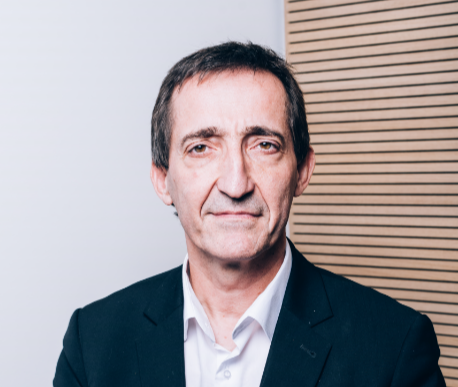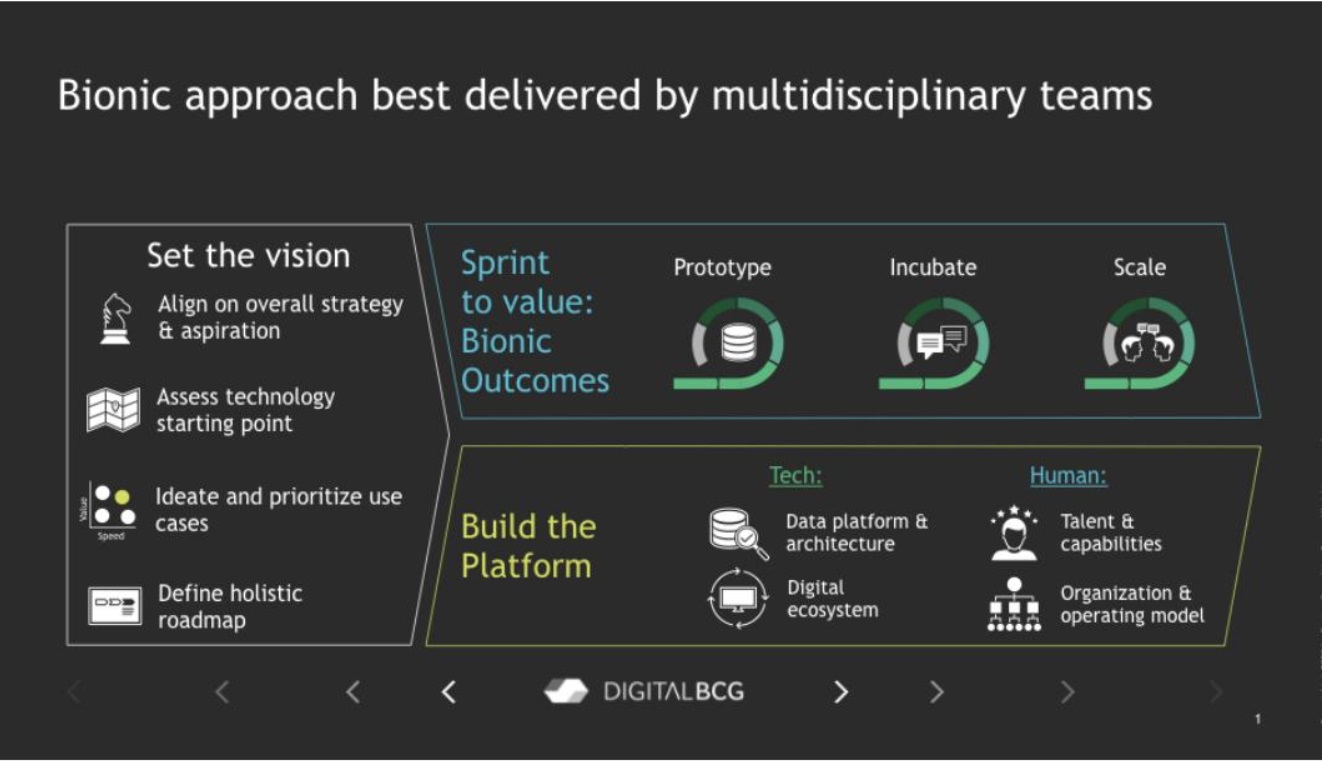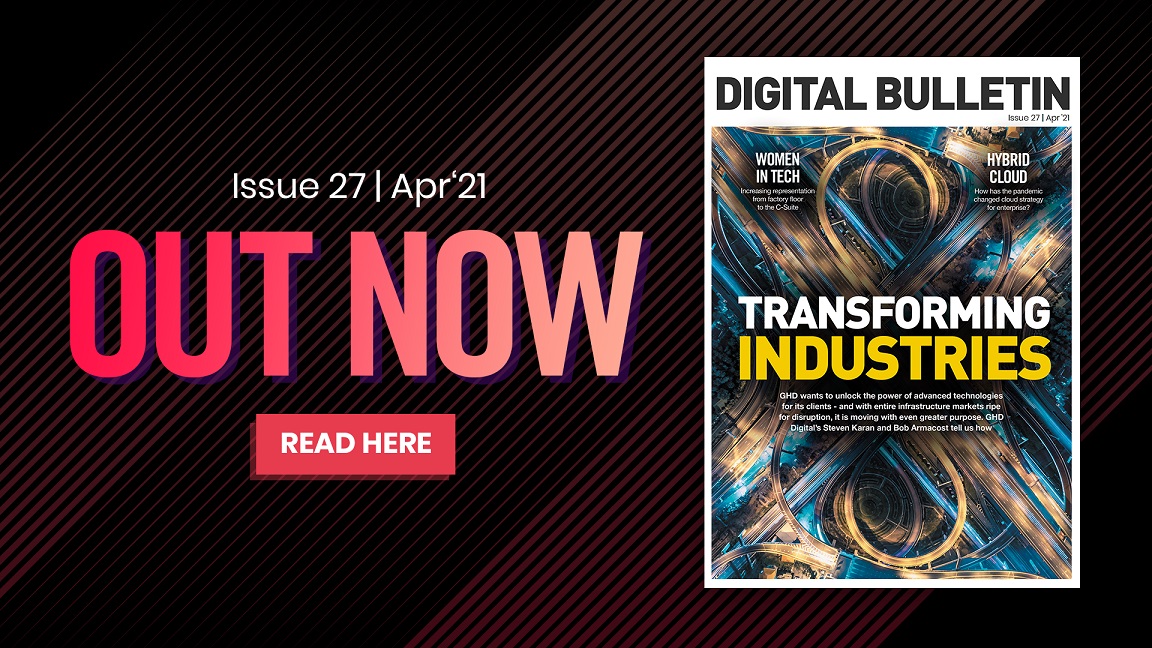
Former American academic Douglas Horton once famously stated that “the art of simplicity is a puzzle of complexity”.
It’s an idiom worth bearing in mind when considering how many modern businesses attempt to navigate vast oceans of data in an attempt to leverage insight or create value.
As data becomes bigger and more complex to understand and interpret, it’s becoming easier for some organisations to become overwhelmed to the point that they can fail to maximise their potential, in some cases, lose focus and purpose strategically.
For over 25 years, Assaf Tayar has made it his mission to ensure that companies leverage technology properly to create maximum value. His passion for putting together teams to tackle the challenge of navigating the complex modern data ‘jigsaw’ became immediately clear, as the BCG Platinion Managing Director (lead for Western Europe, Africa, South America), spoke to Digital Bulletin.
BCG Platinion was launched as a unit within Boston Consulting Group focused specifically on technology implementation and delivering value to clients by enabling their core businesses via tech – and, as you would expect from one of the ‘Big Three’, it works with world-class brands as diverse as L’Oreal and GlaxoSmithKline, to use but two examples.
“It’s about bringing together the people, the ways of working and the technology to make our clients industry leaders,” Tayar says. “That’s the Digital BCG mission.
“You have the need to be extremely concrete in terms of technology and how you deliver value rapidly. Those two components, the technology that has drastically evolved, and the ways of working in the digital world, is what Platinion is providing in the broader Digital BCG context.”
A keystone of the methodology BCG Platinion uses is the ‘bionic company’ model, where all of the disparate parts of the aforementioned puzzle come together cohesively, working independently or interdependently and in conjunction at times, to ensure scalable growth.
Understanding the true nature of data architecture, as Tayar explains, is pivotal for any modern business.

Data is fundamental, as is customer engagement. Those are really the two pillars of architecture
“You look at where the value today lies for clients, and it’s in having more personalised services,” he says. “Data is almighty. It’s fundamentally important in this world. The other one, and I think it’s important to think of both together when you think about architecture, is you need to get stickiness – or customer engagement. When you reflect from an outcome perspective and what you want to deliver as value, you need to master both.
“So data is fundamental, as is customer engagement. Those are really the two pillars of architecture. And it’s much more fluid, but you need to give a good definition to fluid… you need to have an architecture that evolves with the technology because technology is moving very fast. That is what allows you to capitalise on what the market is offering.”
So, how does that make sense in practise?
“Let’s look at an insurance company, say, and, for example, the pricing of your contract for a client,” Tayar explains. “Let’s imagine they are a fabulous insurance intratech company with built analytical models, taking information internally as well as from the market, maybe even with added Artificial Intelligence plug-ins.
“Your architecture also needs to be able to integrate those fabulous plug-ins. So it’s not only about being flexible and all the rest of it, you need to be able to leverage the market, which moves much faster than any organisation. There is no single organisation that can build all the capabilities as well as the market does. It’s the ecosystem.”

Tayar’s profound belief is that if you build things from solely a process-oriented perspective and build out from that as a start-point, then you will be unable to adapt should the business’ needs change. And he believes the mentality is now shifting towards building things out from a more data-centric perspective to start with.
“Your architecture needs to be extremely open and data is the glue between everything,” he says. “It’s then about ‘how do you link all those data strands together so that you enrich the experience?’ So data, where data was a kind of storage, becomes central in your architecture.
“It’s just not that you need a data platform like a data lake, I think that’s the wrong way to look at it. It’s that you need to design your applications around the data, in a way that makes sense for your clients. The old logic is to think data and build value around it, and not hardcore processes. That’s the big shift. Thinking data-centric, is where the rationale around architecture is going.”
Even more interestingly, Tayar has identified the emergence of what he’s calling a ‘360º data architect’, describing it as “a million dollar role” in terms of just how vital it is to ensuring business success by being fully-versed across a breadth of organisational strands.
“Being an architect nowadays is a fantastic job, because you need to have that 360º view and they have a key role in the full life cycle,” he says. “So, in terms of strategic planning, if they’re really good, they should bring great ideas on the table, so that you can derive new ideas as a company, more innovation.
“They are essential to ensure consistency across the various chapters (squads of people), so that you are not going left and right, moving laterally in decision-making terms, depending on which squad. But they are also fundamental in helping the development teams to develop in the right way.
“That’s why you see that as a digital architect, it’s a much broader skill set that’s needed for clients than what you used to have in the past.
“There is a big shift and I believe that kind of 360º architect is needed now, to be successful. I think it’s a fantastic revolution, because you are showing value to the business, to the clients, and to your internal development teams. It’s no longer the guy in the ivory tower who controls the cost and says ‘you need to do this’ or ‘you need to do that’. Of course, the control element is still there but it has become much more complex.
“And that’s why most organisations struggle, because they don’t have those skills. So you need to build those skills, and there are different ways to develop those skills. Our job is to help inject the right capability, create, develop those skills internally, work together and create an environment so that they learn by doing.”
And it’s at that point of the business journey where Tayar’s other real passion comes in: people. Ensuring that companies have the right talent to create the sustainable value they require.
It’s important though, at the point of integrating talent within the whole ecosystem that a company doesn’t lose sight of its overall strategic outlook. And it’s the cyclical nature of the model which drives the success across the various business areas, as Tayar explains.
“Even with the new ways of working, it’s fundamental is that a company still has a strategy, first and foremost,” he says. “An architect is not going to drive any strategic insights but what is evolving in the planning is the ability to better understand what new technology exists to fuel your strategic thinking. But it’s not necessarily the architects who are the best person placed for that. It’s more about using design-thinking to achieve another way to define strategies. Design-thinking, human-centred design.
“The ideas coming from there should then be considered by those who understand the maturity of technology and can assess: ‘Is this something for my organisation?’ So it’s not that architects are leading the strategic planning, but they complement it. This technical knowledge, that’s why I like to combine those architects with people who can help a client think differently.”
The level of investment Tayar has in his clients’ respective journeys, whether it’s entire transformation across the business, or focusing on key objectives, is undoubtable; he speaks passionately about his desire to ensure the very best for each other.
One of the primary methods BCG uses for the larger-scale projects is using their ‘Agile Transformation’ roadmap, which the company describes as a “holistic, collaborative, and bionic approach”.
I believe that kind of 360º architect is needed now, to be successful. I think it's a fantastic revolution, because you are showing value to the business, to the clients, and to your internal development teams
Working in autonomous teams, everyone from the business-focused decision makers to architects, engineers, compliance people and even those on the product side work to teach agile behaviours, execute agile pilots and then adapt the operating model across the organisation to help build an ‘agile playbook’ – and the whole thing works at scale, which is key.
“You need to have a kind of captain, or ‘product owner’ who has a clear definition of ‘What is the outcome I want to produce? And what are the key capabilities we are bringing together?’ This shift is essential. If you don’t, it’s like I explained before, you’re going to always be lagging on the IT side to produce what the business needs. Because it’s ill-defined, the business is changing, the technology is too complex,” says Tayar.
“So, building new squads is a second key element but it’s not sufficient. If you only do that, every squad will work independently. So you need to ensure you go on scale. You need chapters across those squads, and that’s what ensures consistency. For example, an architecture’s chapter that will ensure that we have the same thinking about architecture in all the squads. It can be the choice of a technology. Take IUT (Implementation Under Test), you have as many IUT technologies nowadays that you can imagine but it would be prudent that we only use one technology, because then you can create the same API (Application Programming Interface) for all of the squads, for example.
“So you create consistency, cost-efficiency, then you can go on scale.
“Our role is to help our clients set the foundation and help them move towards scaling. That’s the full cycle: sourcing strategy, the right partner, the right setup, collaboration model, and then providing them with the tools they need to improve internally. This is what we do, which is powerful for clients and as I always say to them: ‘As soon as I’m out of here, the better job I have done’.”



